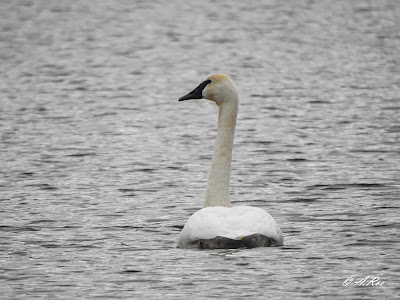I was not able to get out to do any birding this week due to the Winterfest conference and not so great weather. I was, however, able to gain some knowledge and insights further into the world of conservation at the conference. I attended multiple sessions throughout the three days in Coralville, IA and listened to some very knowledgable presenters.
One of my favorite presenters of the week was Ty Smedes. Ty is a nature photographer that has been featured in multiple publications in Iowa and has published three books on nature in Iowa. More information on Ty can be found at his website. The reason that his presentation was one of my favorites was because he discussed how to better present our conservation stories. This felt particularly targeted at conservationists such as myself, who believe that the best way to gain by-in from the general public is to be able to educate them about nature through good storytelling.
After the presentation, I stayed back to talk with Ty. I wanted to pick his brain a little about ways that I can make my blog more interesting and capture more attention through my photography and storytelling. His advice was fairly simple. Tell the stories behind the pictures. You can capture the greatest images in the world, but without a story they are only photos.
I believe that this can sometimes be one of my shortcomings when it comes to writing blog posts and sharing photos. I like to share the beautiful photos with names of species and numbers of species, but I struggle to share the captivating stories of these species. This is something that I plan to work on throughout my future blog posts.
My next favorite presenter, and it was a very close second, was Carl Kurtz and his presentation about prairie restorations. Although not directly related to birds, prairies are very important in restoring populations of one of the most rapidly declining groups of birds in the world, grassland song birds.
One thing that Carl said about prairie restoration that struck me was "Through diversity you get stability, and through stability comes longevity." I find this to be an important quote, not just in conservation, but in the way we conduct ourselves in the world. Carl was saying that through having a diverse prairie, you gain stability because as one plant takes something out of the soil, there's another putting that back into it and through this stability you gain longevity in soil health, prairie production, and even in the wildlife that utilizes it.
I wish that I had a birding update to go along with this post, but I hope that these words of wisdom from conservationists much more intelligent than me will help people to understand the battle that we're fighting and why I share my stories with you all here. Next week I will get back to birding and practicing my photography and hopefully have a story for you all. I will also be uploading a bonus post next week with my January wrap-up.

















